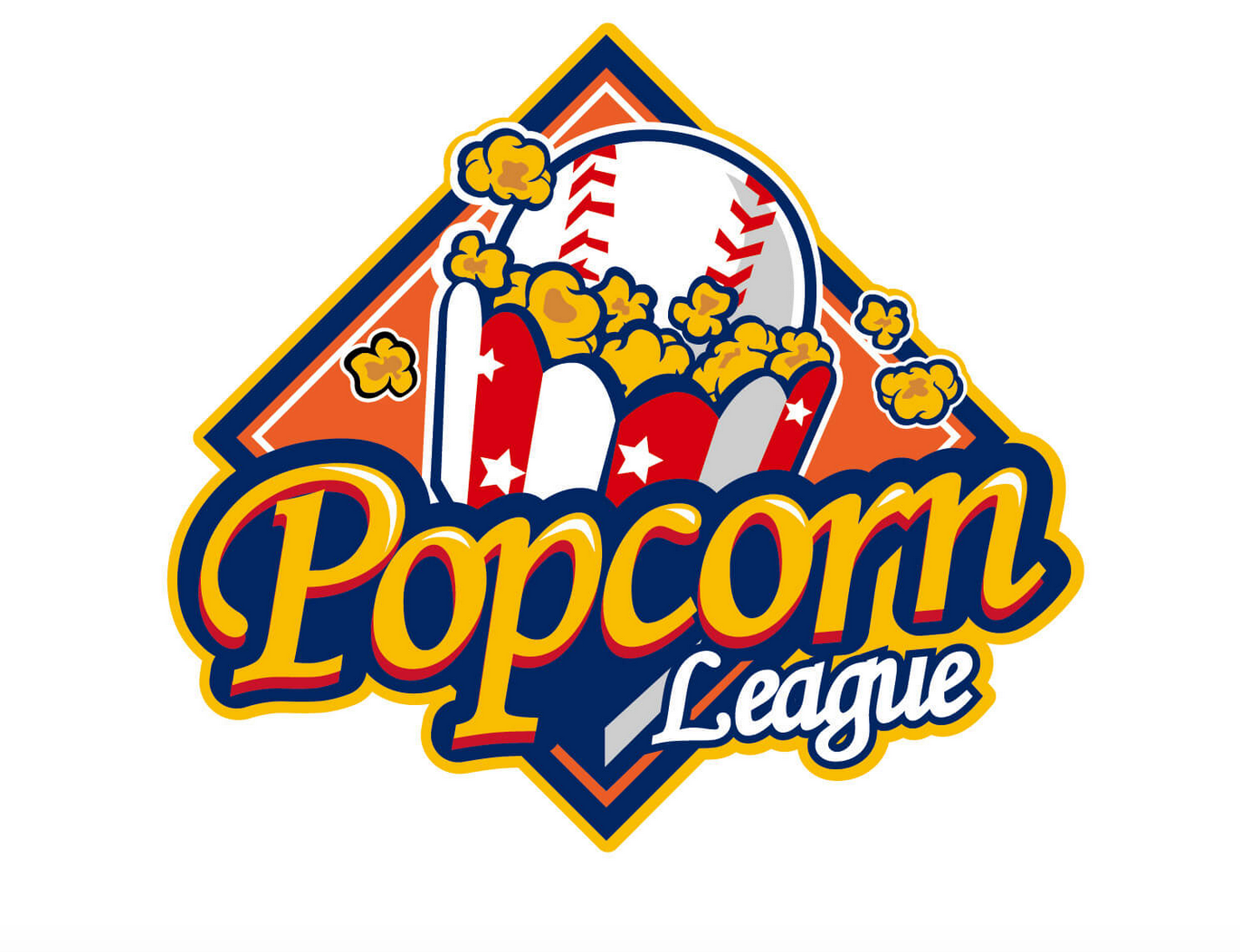Industrial Baseball Leagues Are Coming Back

Have you ever heard of the Florida Hotel League? How about the Delaware River Ship Building League? If you’re someone who researches the Negro Leagues chances are you have heard of the former. The latter, well, I’m not sure anyone other than someone interested in early 1900s baseball history in the Delaware region would know about that league.
What do both have in common? They were industrial baseball leagues. A term that has vanished from the baseball lexicon, but one that has returned and needs to be reexamined.
Industrial History
Industrial leagues were very common in the early 1900s up until the end of World War II. At that point, they were slowly eradicated from the modern baseball landscape. These leagues popped up due to the high demand for work and a desire to play baseball. Not everyone was good enough to play at the major league level, while others couldn’t afford to, and even more were forbidden by virtue of the color of their skin. Plenty of these players turned to the industrial leagues and the concept of being put on a non-baseball company’s payroll to play for that company’s baseball team.
Different industrial leagues had different models. Some followed a strict policy wherein you are paid to be on the payroll of Company A, but in reality you’d never step foot in Company A’s steel factory. Nope, for these employees, they had one job and one job only, to play baseball and make sure that Company A was better than the other six companies that made up their league.
Another industrial league model was one where players were given actual jobs by Company B and expected to perform those jobs, but at the same time, they were expected to play for Company B’s baseball team. Someone like John Henry Lloyd was paid to watch the door all week long for the Royal Poinciana Hotel then on the weekend take the field for the baseball team of the same name.
Industrial Leagues Today
In modern times there are two prominent industrial leagues; Taiwan’s Popcorn League and the newly formed Mavericks Independent Baseball League of the Oregon area. The Popcorn League operates using the Company B model. Players are paid to work for Taiwan Cooperative Bank and then play baseball on the weekends.
The Mavericks League will use a different model where players have jobs with various companies in the Oregon region and then play baseball for one of the four teams that make up the league. In either scenario, the brass tacks remain the same; players sign contracts that spell out that they must work for a business and also play baseball.
Whether in the past or in the present, people who are aware of industrial leagues have attempted to devalue the roles these players take on by classifying them as amateur or semi-professional. To tackle the first term, they are being paid to play baseball. It doesn’t matter if a part of that contract is that they also have to work in a textile factory. These players are still being paid to take the field for their given team and thus in no way are they amateurs.
The semi-professional label is even worse. It acknowledges that they are playing at a professional level but refuses to give them that distinction. Again, I ask you, if a condition of someone’s employment is that they take the field for a baseball team every weekend are they not being paid to play baseball? Of course, they are, and of course, every player in the Mavericks League or Popcorn League is a professional athlete.
I’m not sure more industrial leagues are going to pop out of the woodworks or even last long enough to matter. The Popcorn League is here to stay, but the Mavericks League has stated they want to move to a traditional professional model in future years. No matter what happens, industrial leagues are an important part of baseball’s history and still viable in its present. They gave, and continue to give, pro players another avenue to continue playing the game. There’s far more to the world of baseball than the traditional models we know about, industrial leagues are just one example of that.












